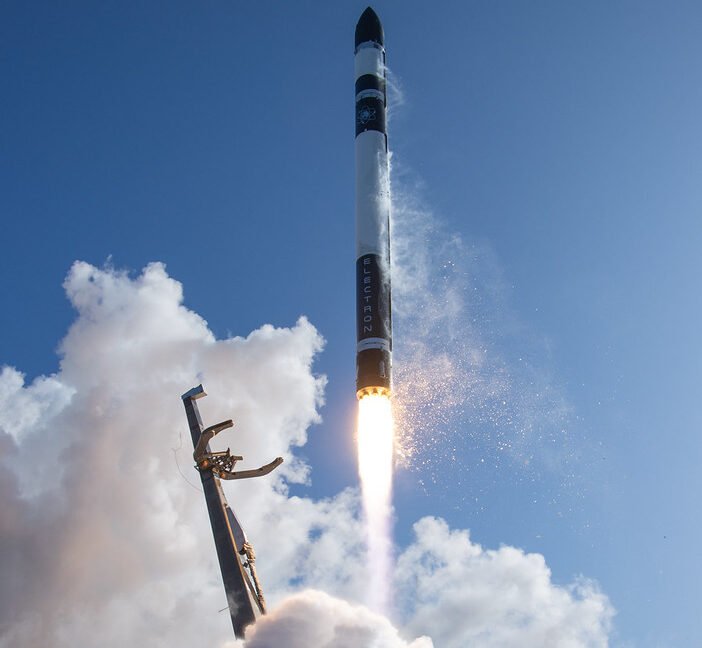Next Nuri launch set for November. The Korea AeroSpace Administration completed a review of preparations for the next launch of the Nuri rocket and announced that the vehicle was ready for a window that would open on November 28. The main payload will be a satellite to observe Earth’s aurora and magnetic field, along with a smaller secondary payload.
Coming back after a while … The liquid-fueled Nuri rocket is the first booster to be entirely developed within Korea, and has a lift capacity of 3.3 metric tons to low-Earth orbit. The rocket failed on its debut launch in October 2021, but flew successfully in 2022 and 2023. If the rocket launches in November, it will be Nuri’s first mission in two and a half years. (submitted by CP)
Galactic Energy scores big fundraising round. Beijing-based Galactic Energy has raised what appears to be China’s largest disclosed round for a launch startup as it nears orbital test flights of new rockets, Space News reports. The company announced Series D financing of 2.4 billion yuan ($336 million) in a statement on Sunday. The funding will be used for the Pallas series of reusable liquid propellant launchers and the Ceres-2 solid rocket, both of which appear close to test launches. The investment will also go towards related production, testing, and launch facilities.
Big funding, big ambitions … Founded in February 2018, Galactic Energy has established a strong record of reliability with its light-lift Ceres-1 solid rocket, and previously raised $154 million in C round funding in late 2023 for its Pallas-1 plans. Pallas-1, a kerosene-liquid oxygen rocket, is to be able to carry 7 metric tons of payload to a 200-km low-Earth orbit. New plans for Pallas-2 envision a capability of 20,000 to 58,000 kg, depending on a single-stick or tri-core configuration, with an aggressive target of a debut launch in 2026.

Blue Origin seeks to reuse next New Glenn booster. There’s a good bit riding on the second launch of Blue Origin’s New Glenn rocket, Ars reports. Most directly, the fate of a NASA science mission to study Mars’s upper atmosphere hinges on a successful launch. The second flight of Blue Origin’s heavy-lifter will send two NASA-funded satellites toward the red planet to study the processes that drove Mars’s evolution from a warmer, wetter world to the cold, dry planet of today. But there’s more on the line. If Blue Origin plans to launch its first robotic Moon lander early next year—as currently envisioned—the company needs to recover the New Glenn rocket’s first stage booster.

